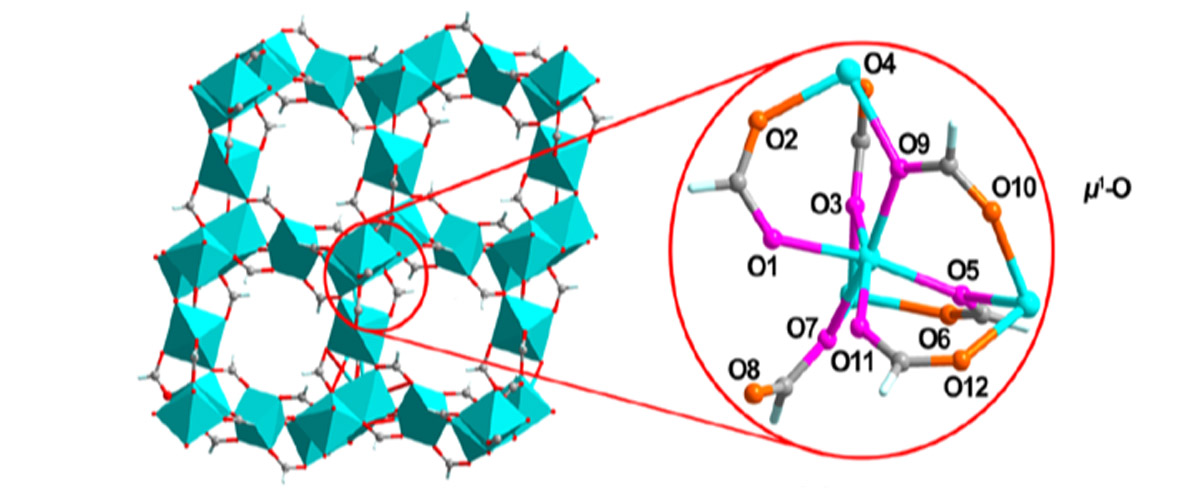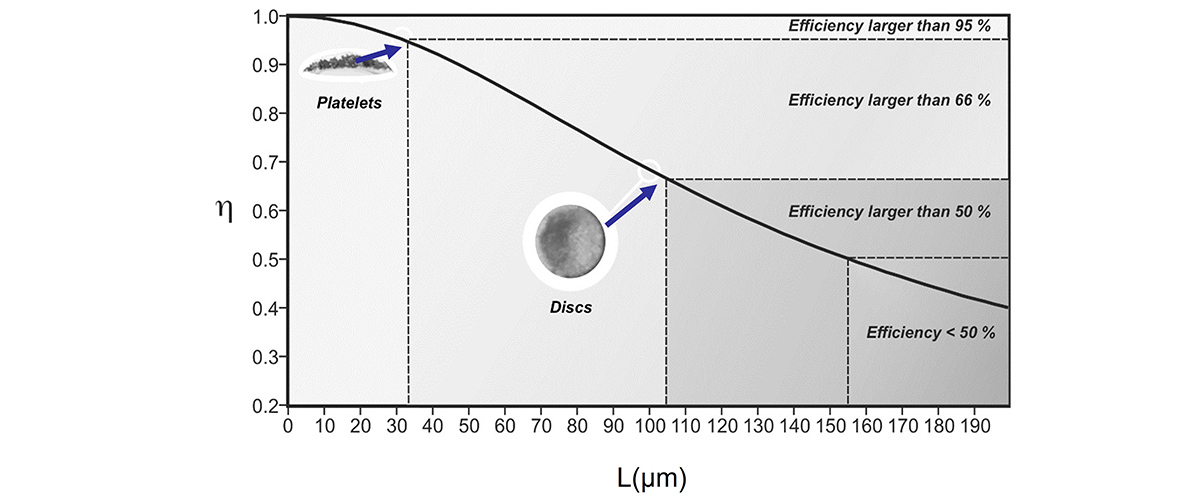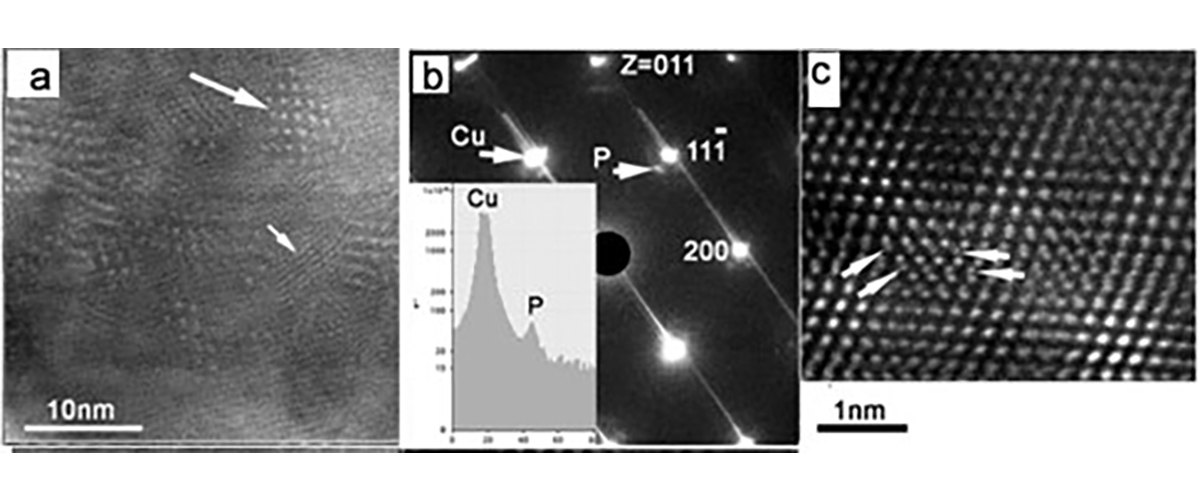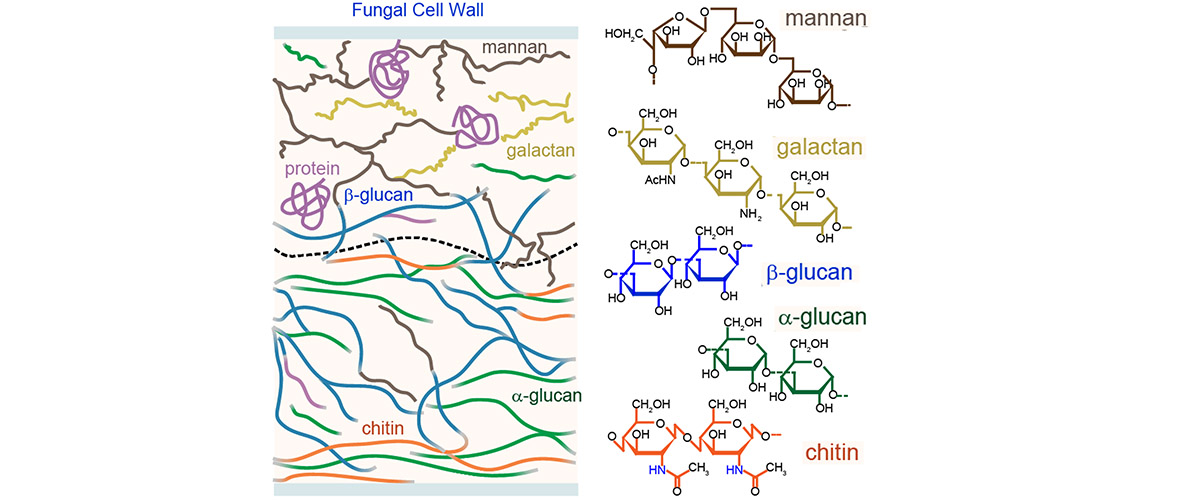What did scientists discover?
Using the highest-field nuclear magnetic resonance (NMR) spectrometer in the world, researchers were able to resolve 12 distinct oxygen sites in the structure of a complex metal-organic framework (MOF) and observe differences in the structures of MOFs that either contain guest molecules or are free from guest molecules.
Why is this important?
In order to design better MOFs for use in catalysis, drug delivery, chemical separation, gas adsorption, fuel cells, and/or data storage, scientists must have a precise understanding of their structures. This helps in the design and manufacture of new MOFs from very simple chemicals, and also for tailoring and controlling the properties of MOFs for a wide range of applications.
Who did the research?
V. Martins1, J. Xu2, X. Wang3, K. Chen3, I. Hung v3, Z. Gan3, C. Gervais4, C. Bonhomme4, S. Jiang5, A. Zheng5, B. Lucier1, Y. Huang1
1Western University, London, ON, Canada; 2Nankai University, Tianjin, China; 3National MagLab, Tallahassee FL, USA; 4Sorbonne University, Paris, France; 5Chinese Academy of Sciences, Wuhan, China
Why did they need the MagLab?
The NMR spectrometer magnet used for this work, the MagLab's 35.2 Tesla Series-Connected Hybrid (SCH) magnet, is the largest NMR magnet in the world, and is the only one capable of obtaining high enough signal and resolution to enable observation of all of the different oxygen sites. The 17O isotope is challenging to observe with lower field instruments, which cannot provide this high degree of information. The SCH will be critical for many future 17O NMR studies, as well as studies of elements from across the periodic table in MOFs and other technologically-advanced materials.
Details for scientists
- View or download the expert-level Science Highlight, Probing Metal Organic Frameworks with 17O NMR at 35.2 T
- Read the full-length publication, Higher Magnetic Fields, Finer MOF Structural Information: 17O Solid-State NMR at 35.2 T, in Journal of the American Chemical Society </ul
Funding
This research was funded by the following grants: G.S. Boebinger (NSF DMR-1644779); Y. Huang (NSERC)
For more information, contact Robert Schurko.






